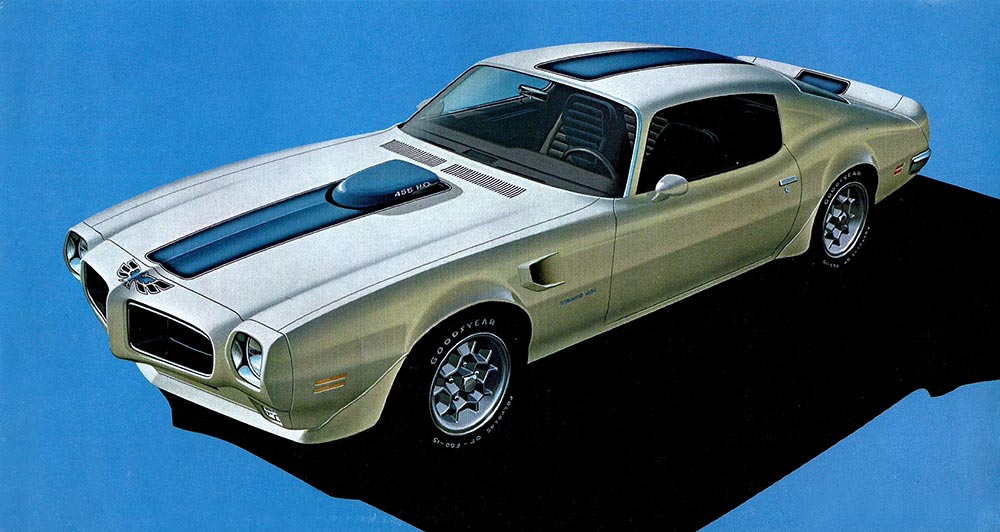
Pontiac Trans Am 50 Years
By Tom Glatch. Review by Gary Smith.
Pretty good book.
“I don’t think You’re man enough to take on a car like this.” Lightfoot (Jeff Bridges) has just walked into Pete’s Dependable Used Cars somewhere in Idaho. He eyes up a Cameo White ’73 Trans Am with a red “shaker.” “It’s a repo. Three thousand and change,” says Pete. Seconds later, the Trans Am is flying through the western countryside, stolen. Movies made the Trans Am an American legend.
Tom Glatch tells the inside story of the Trans Am’s impact on the culture (and sales) through it’s starring role in several motion pictures and TV shows. Clint Eastwood in Thunderbolt and Lightfoot drove a Cameo white ’73; John Wayne’s Brewster Green ’73 in McQ; and David Carradine’s red ’73 in Cannonball. 1977 introduced Burt Reynolds driving a black TA “Bullet” in Smokey and the Bandit, and later in Hooper. “Ain’t nobody can fly a car like Hooper.” Steve McQueen drove a ’80 TA in Hunter. Steve died four months after the film was released. In the early ’80s David Hasselhoff starred in the TV series Knight Rider that featured KITT, the talking Trans Am. Tom reveals many inside details about the making of the films, how the cars were procured, and what became of them.
The book quotes many designers and engineers who had something to do with the Trans Am. Norm Inouye drew the famous flaming bird graphic based on a sketch by Pontiac Studio Chief Bill Porter. After a flaming initial rejection by Bill Michell, it finally became an option beginning in 1973. Porter recently commented, “I think it may have saved the car. In the mid-seventies, everything was going against the Firebird, and I’ll put he case forward that the Trans Am bird saved it.”
Mitchell’s Pegasus
Enzo Ferrari gave Bill Mitchell a 347 horsepower V-12 from a Ferrari Daytona 365 GT/B4 for his customized Firebird, Pegasus. The motor was a tight fit, and the author states that the firewall was moved back nine inches to accommodate the longer engine. However, you can clearly see that there were no modifications made to the interior or the wheelbase of the Pegasus. The V-12 was shoehorned in by taking up the space occupied by the stock fan and fan shroud.
1989 Turbo Trans Am
As an added bonus the author devotes several pages to the development of the 1989 Turbo Trans Am, the fastest four-seat American car of the 1980s. Pontiac built two Trans Ams in 1986 with the Buick Turbo 3.8-liter engine. But for the engine package to fit, the passenger-side fame rail was modified to make room for the exhaust downpipe. Production was not feasible, because the car would have to be re-certified at great expense to meet government crash standards. Using the standard Trans Am transmissions was also a certification issue.
The PAS team was brought in to see if production would be possible by other means. Bill Owen of Buick, the primary engineer behind the Turbo V-6 engine, came up with the idea of using the cylinder heads from the front-wheel-drive 3800 V-6 to narrow the width of the engine and make room for the transmission bracket so that the entire Grand National engine/transmission package would fit, along with the different heads. With this, the first production-ready Turbo Trans Am was born. Lloyd Reuss, executive vice president for GM’s passenger car group at the time, drove the gray-on-gray prototype and decided he wanted it to be the 30th Anniversary Trans Am.
Pretty interesting stuff. There are a lot of similar insights in the book.
By the way, in the gallery there is a shot of five ’77 TAs and a GMC motorhome that was part of the Trans Am Territory promotion. It is included in Michael Lamm’s great book, The Fabulous Firebird. One day at GM Design they picked out several TAs in the parking lot for the shoot. The yellow TA was my car. The Turbo Trans Am in the photos is my car.
![]()
Pontiac Trans Am 50 Years is nicely designed with a matte coated dust jacket and an embossed hard cover. The inside front and back covers have full two-page spread photos. There’s ample white space and legible type printed on matte stock that makes for easy reading. There is a running footer with chapter titles and page numbers, and the book is fully indexed.
Description from the publisher
Pontiac Trans Am shows this dominating machine’s full history, from early days burning up both race tracks and Hollywood to its final days as the most potent muscle car made.
The early 1960s saw American auto manufacturers desperately trying to sell cars to the emerging baby-boom market. Pontiac attained success with its original muscle car, the GTO, but as successful as the GTO was, it was handily outsold by Ford’s grand-slam home-run pony car, the Mustang. In response, Pontiac entered the pony car market in 1967 with its new Firebird, a model that became one of the most iconic cars of the classic muscle-car era.
Introduced for 1969, the Trans Am version Firebird of the Firebird became the standard bearer for automotive performance in the U.S. market and kept the muscle car flame alive throughout the dark years of the 1970s and led the charge when performance reemerged in the 1980s. When muscle cars became dormant for a generation it was once again the classic pony cars that jump started American performance.
The battle that raged between Firebird, Camaro, and Mustang in the 1980s rejuvenated the U.S. auto industry’s interest in high-performance muscle cars and the Trans Am remained the most potent car of the lot until the bitter end. Pontiac Trams Am: 50 Years chronicles this ultimate version of the Firebird’s rich history, from the early attempts to reach the youth market in the early 1960s, through the potent and turbulent years of the classic muscle car era, the resurgence of muscle in the 1980s, to the car’s continued popularity in both the automotive world and in popular culture today.
About the Author
Since 1983, Tom Glatch has contributed hundreds of stories and photographs to major collector, Corvette, Mustang, muscle car, and Mopar magazines. Tom grew up during the muscle car era, and his first car was a very quick 1970 Plymouth Duster 340. Tom and his wife Kelly have contributed photographs to books by other Motorbooks authors, as well as Motorbooks’ Corvette calendars. When not pursuing old muscle cars, Tom works for a Fortune 500 corporation as a data and systems analyst and developer. He lives in southeastern Wisconsin.
Cost: $40.00

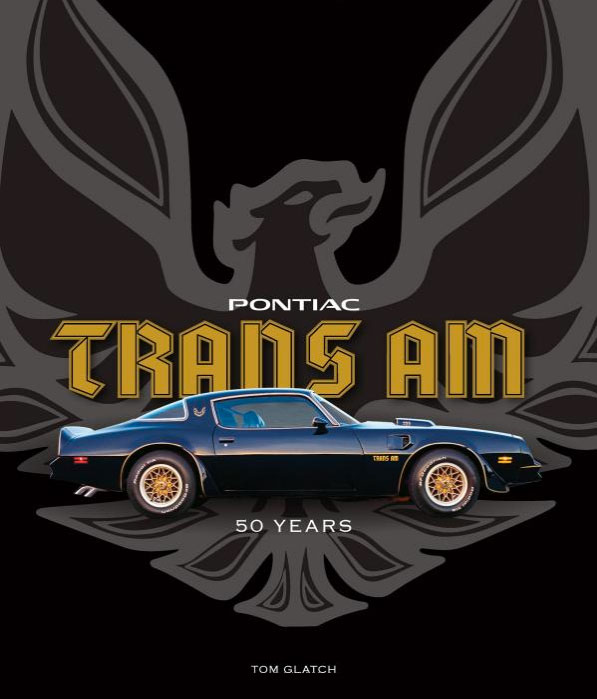
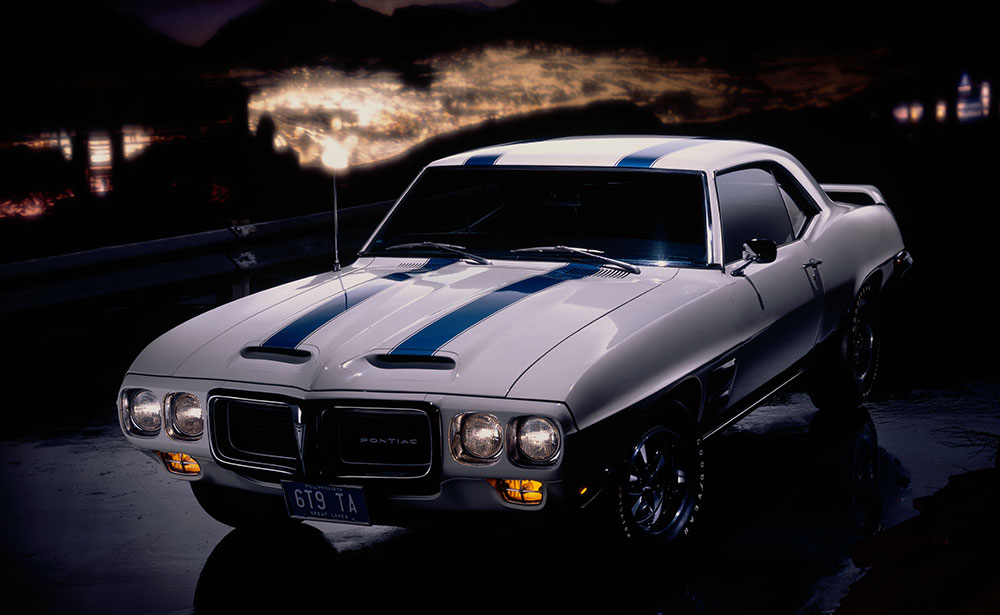
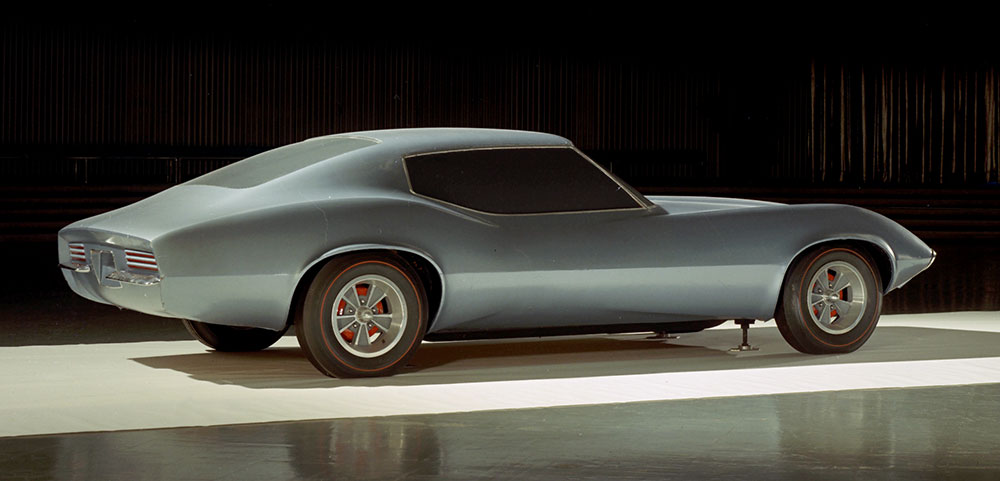
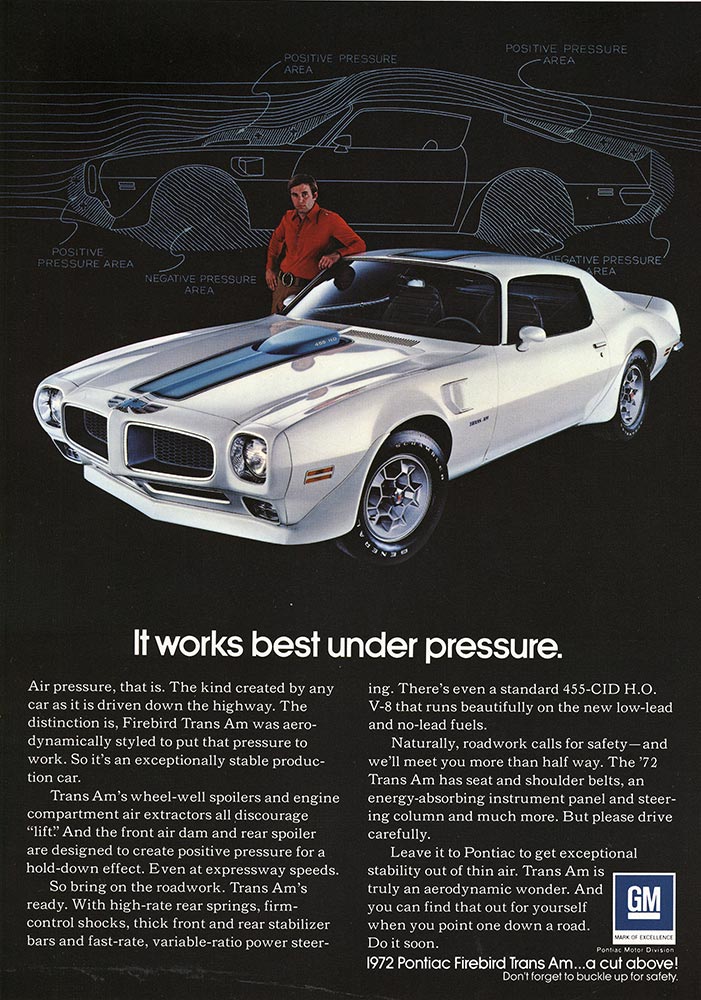
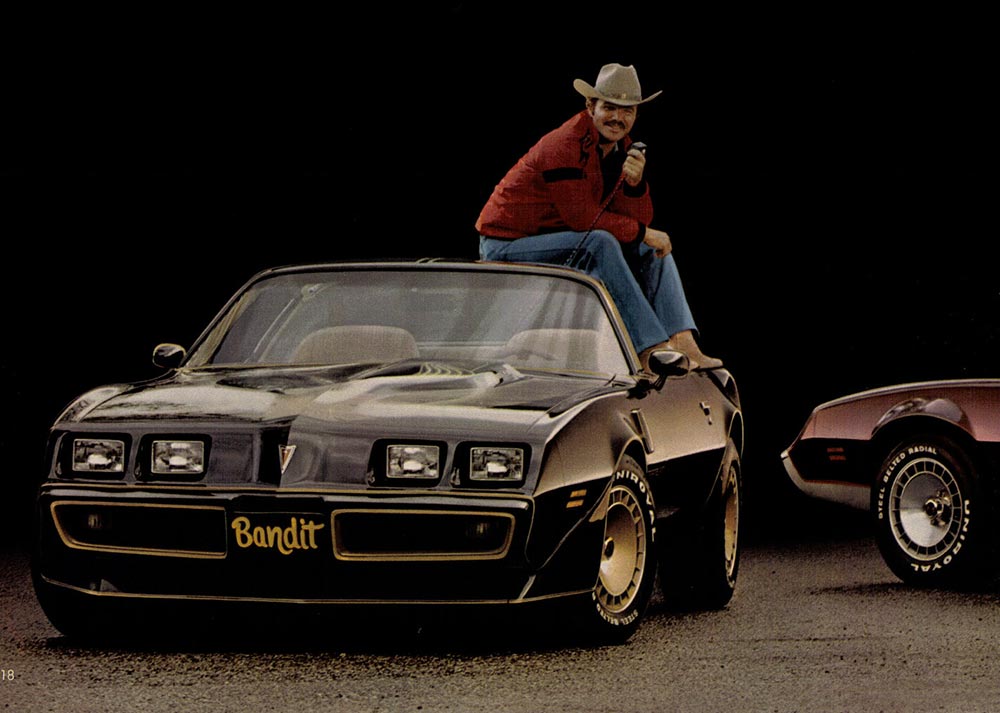
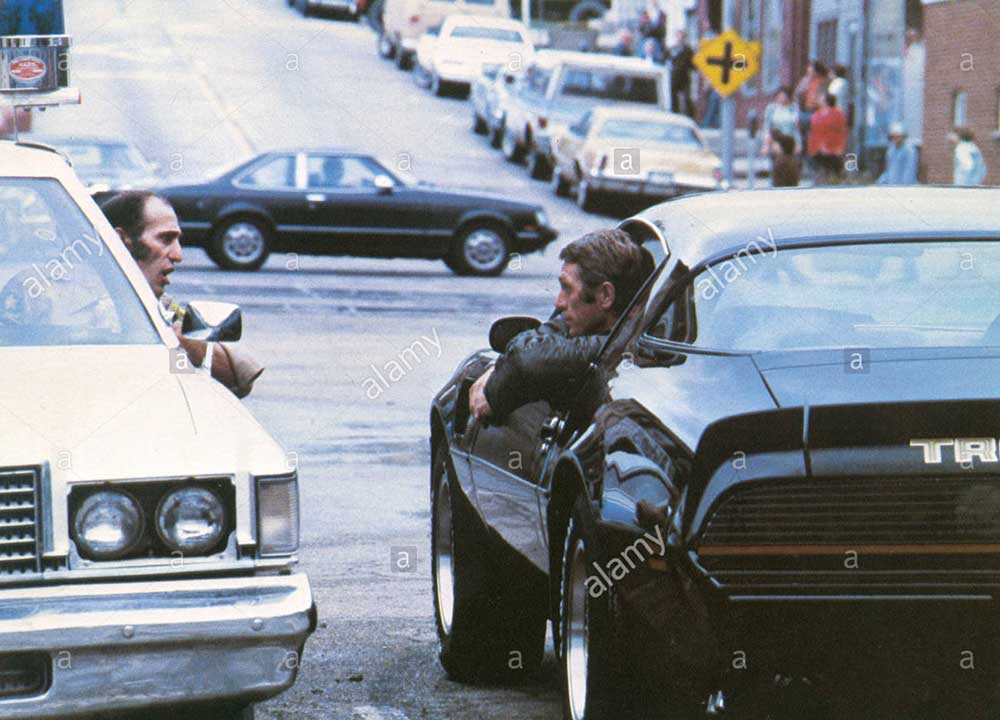
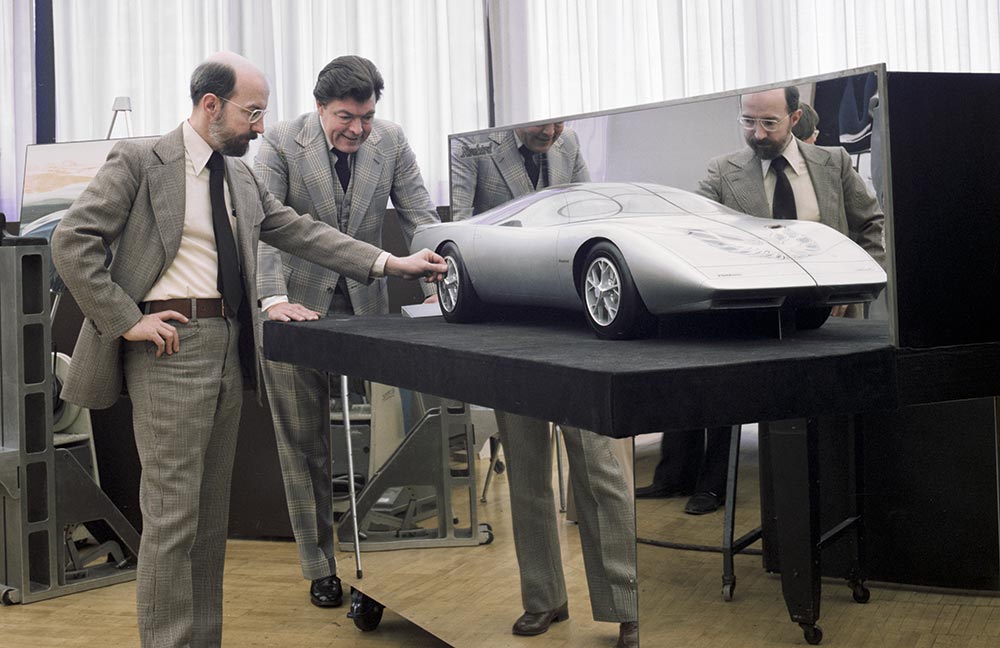
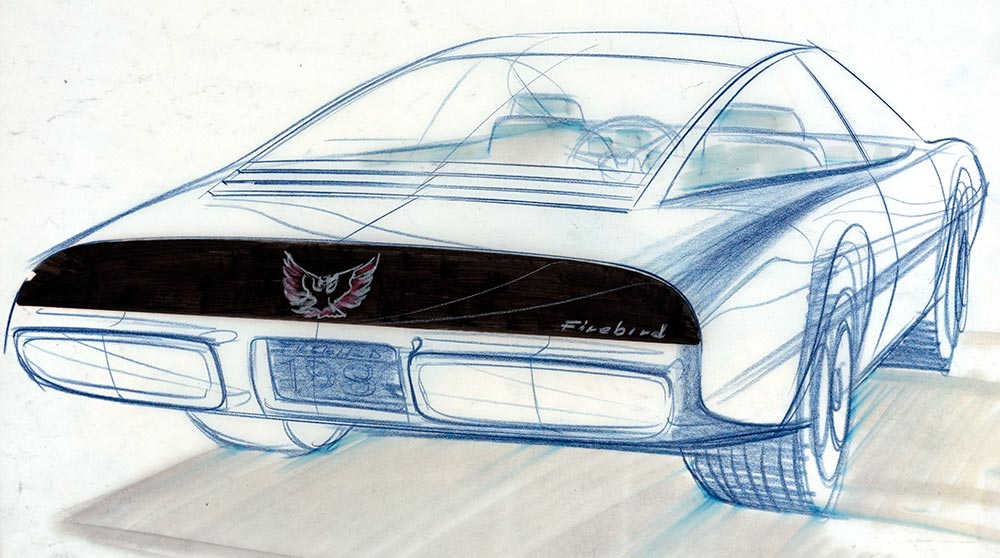
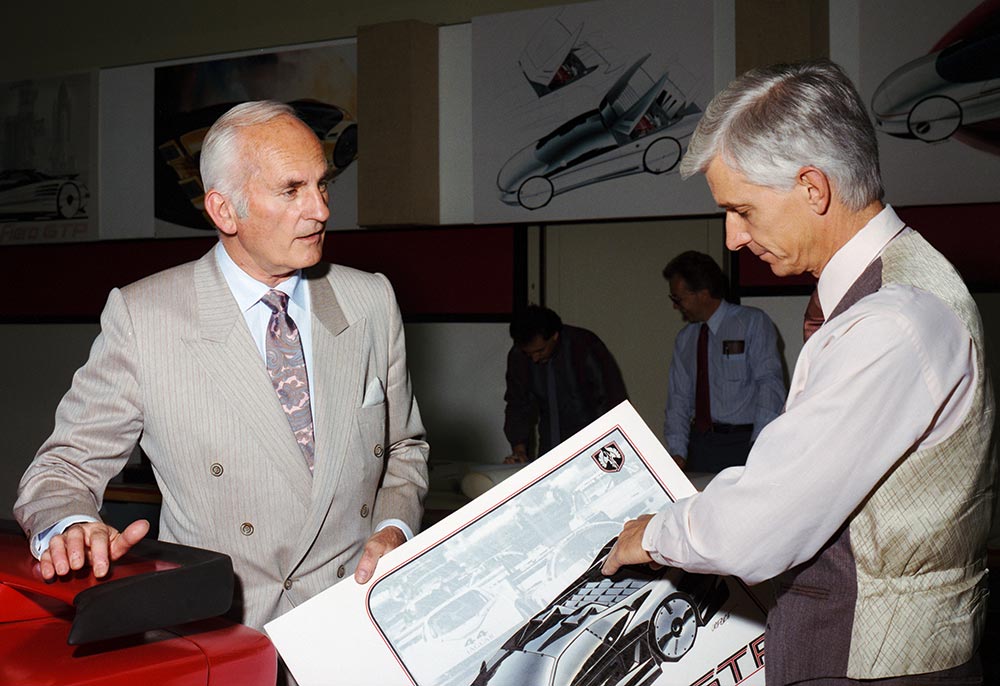
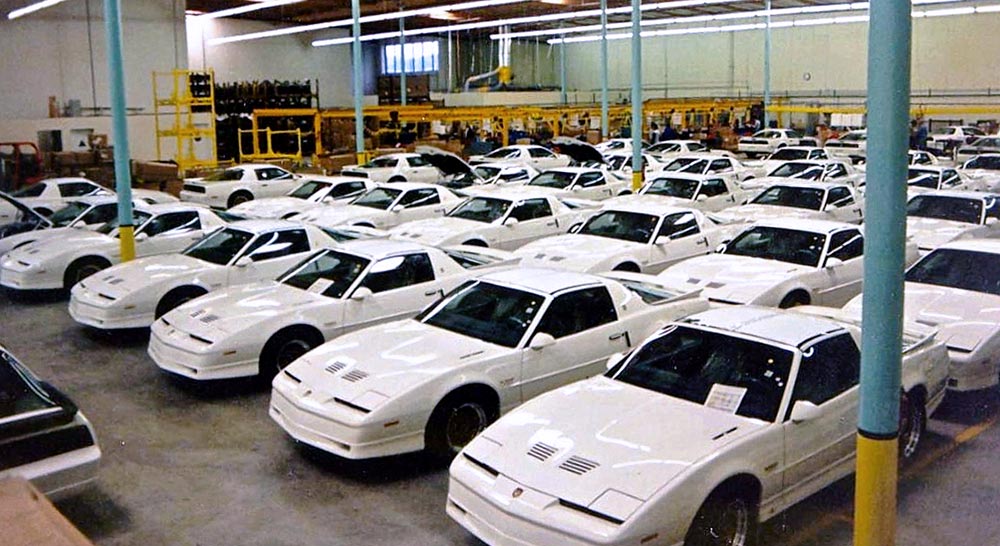
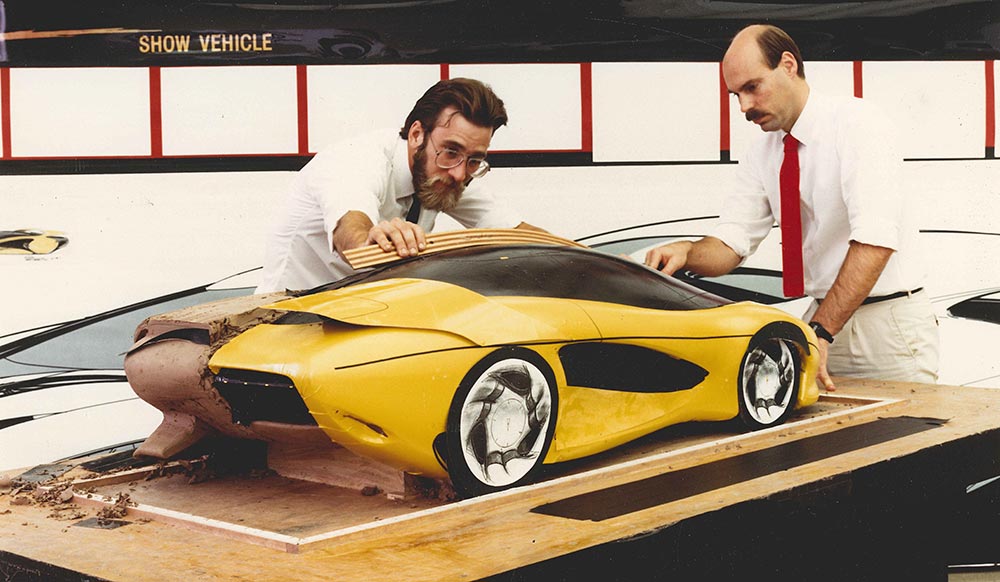
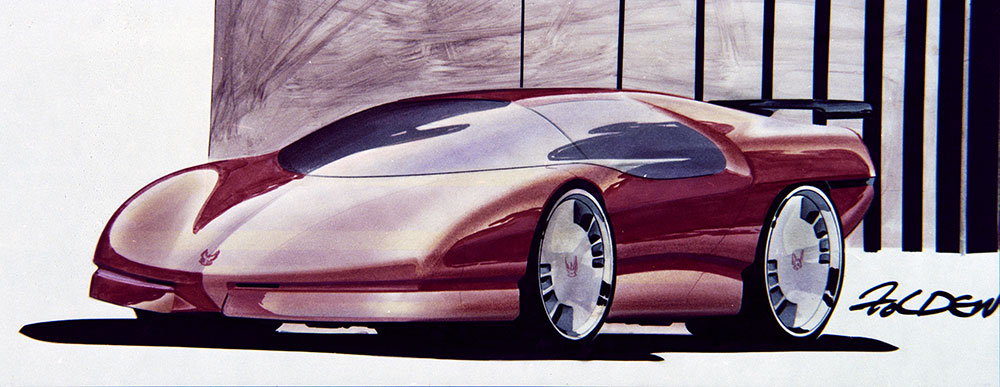
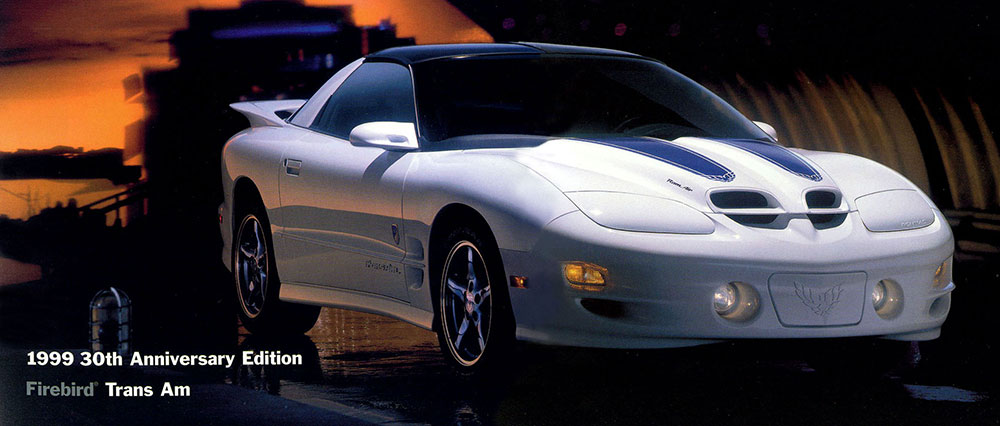
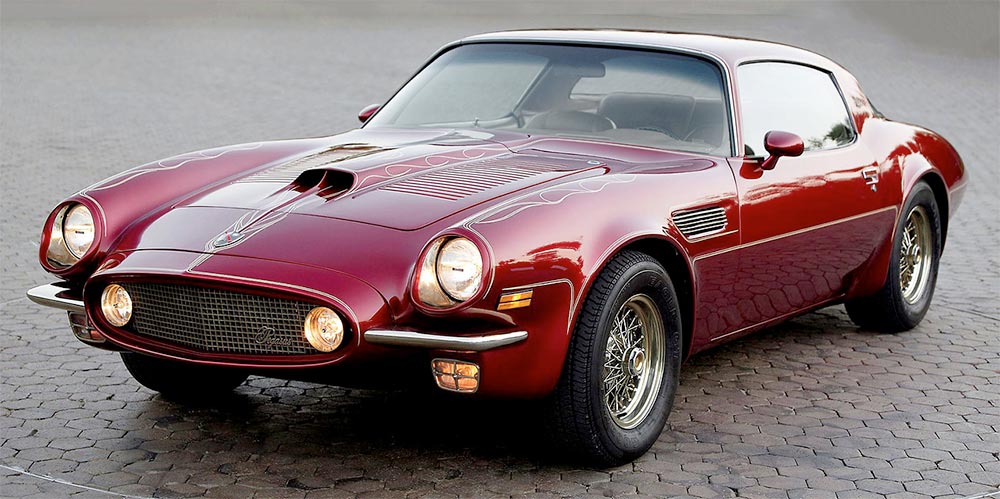
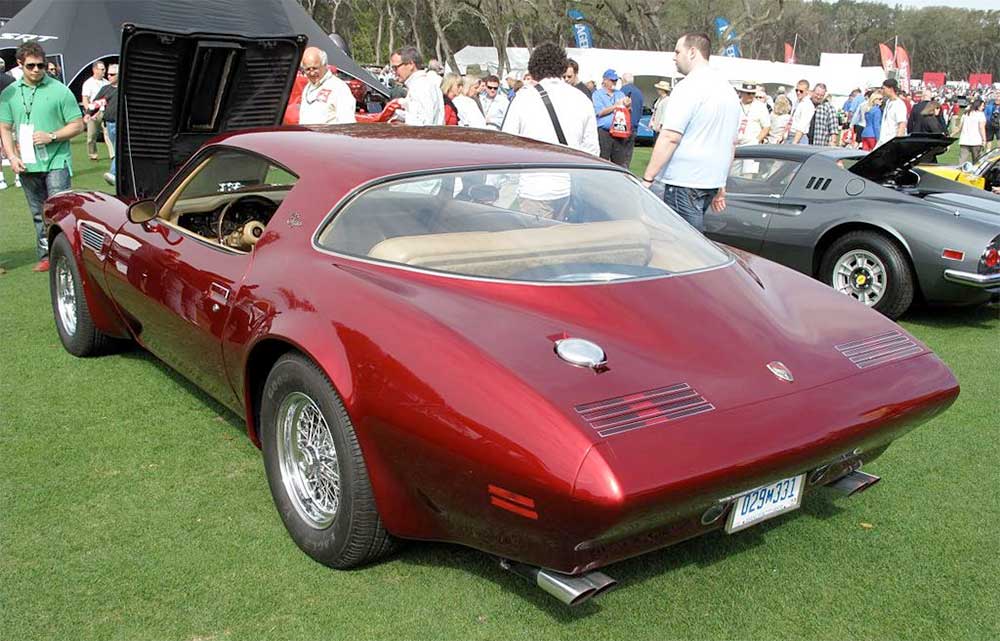
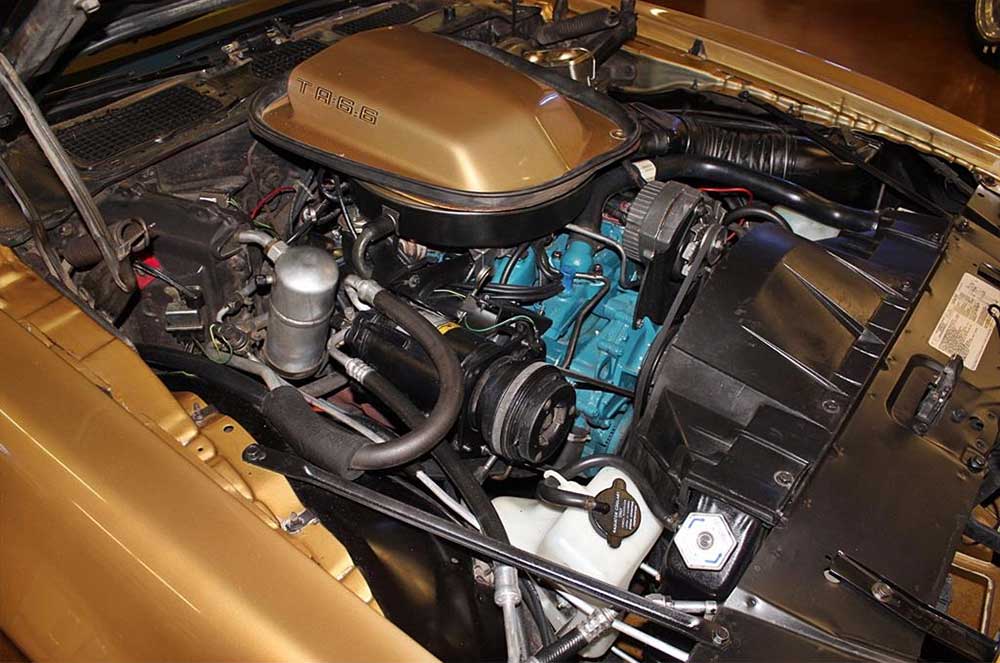
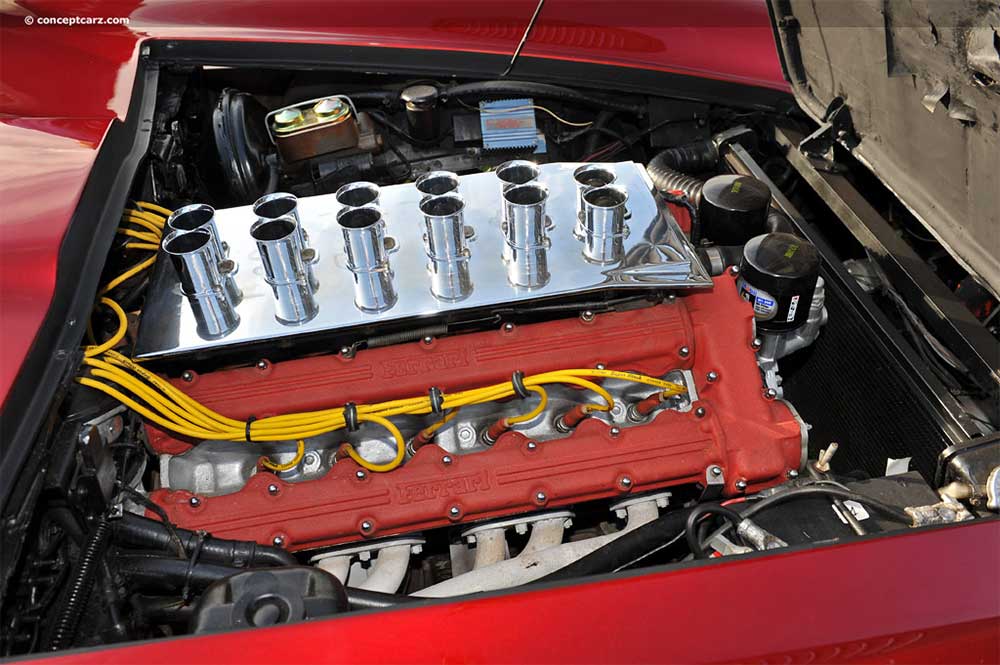
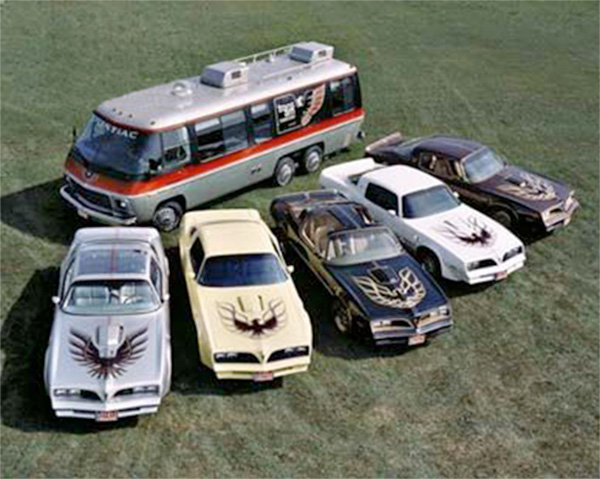
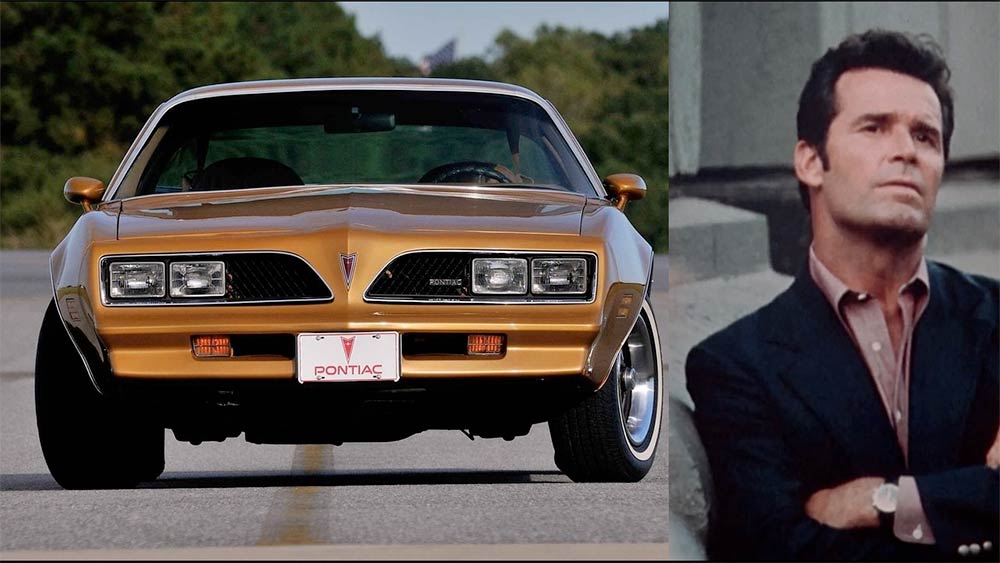
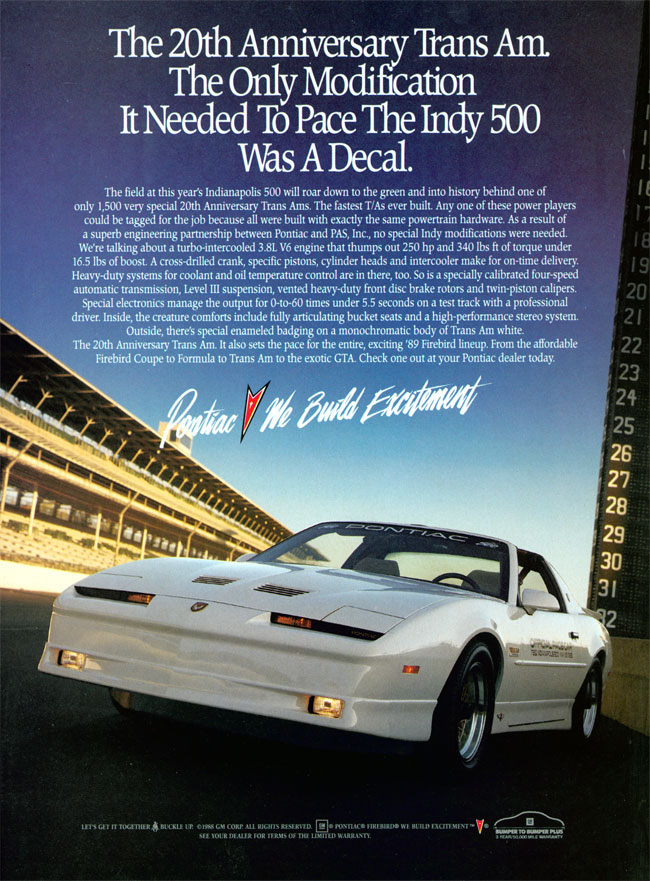
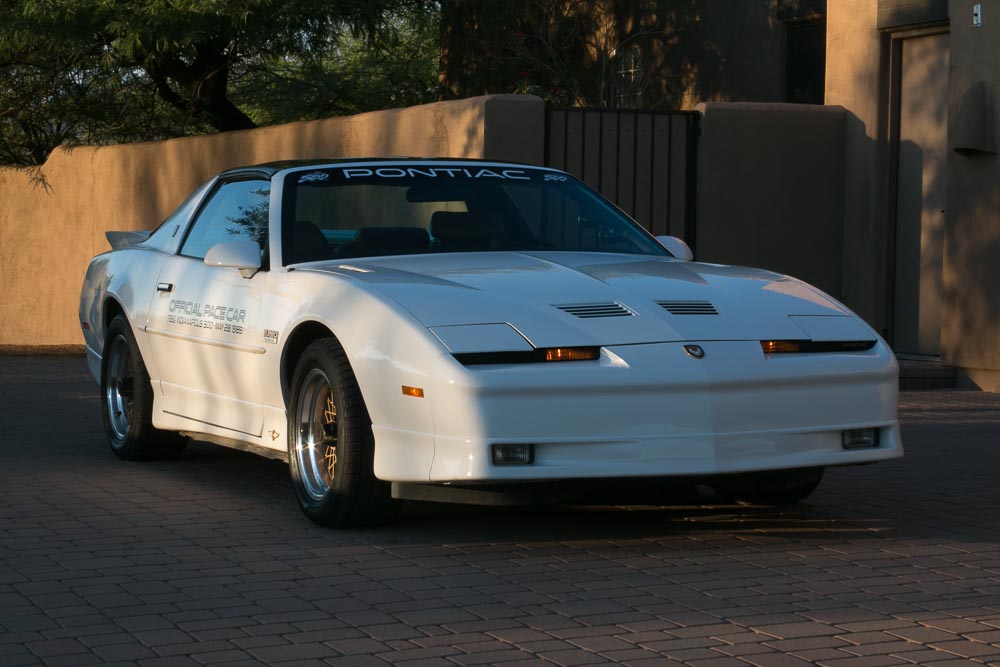
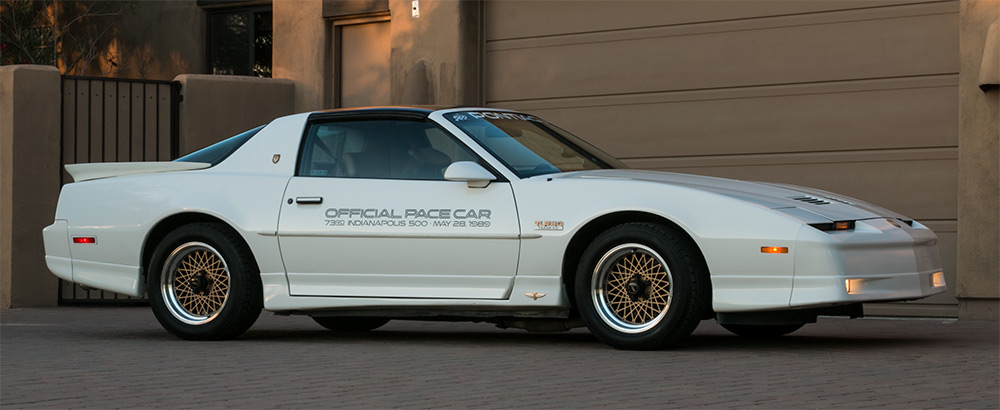
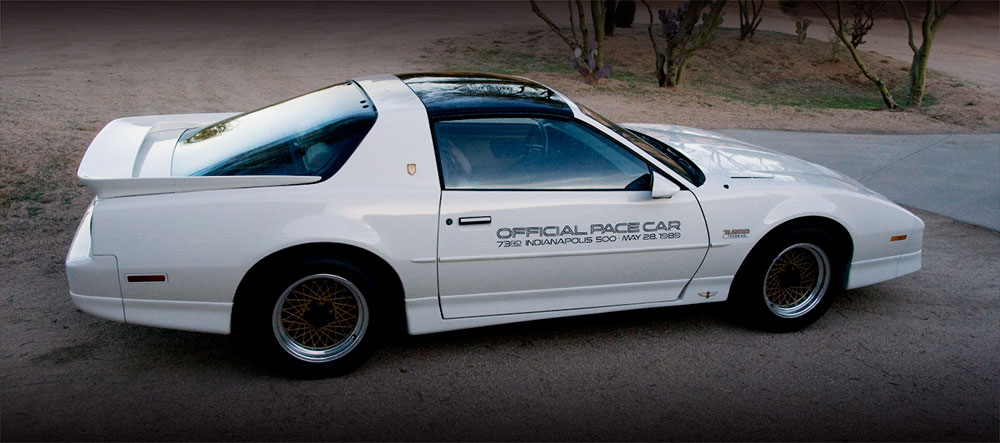
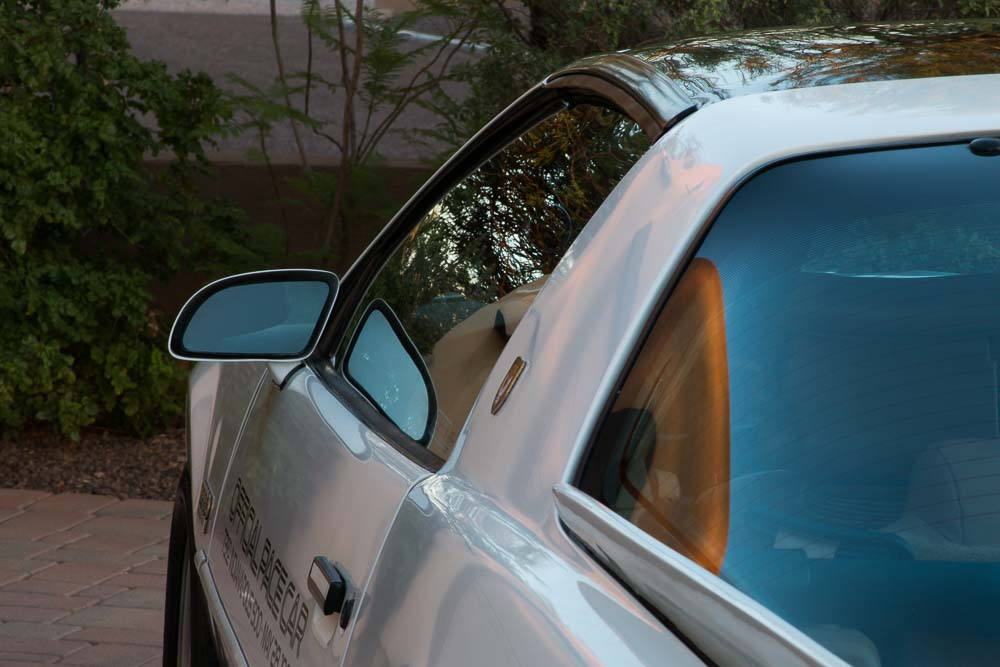
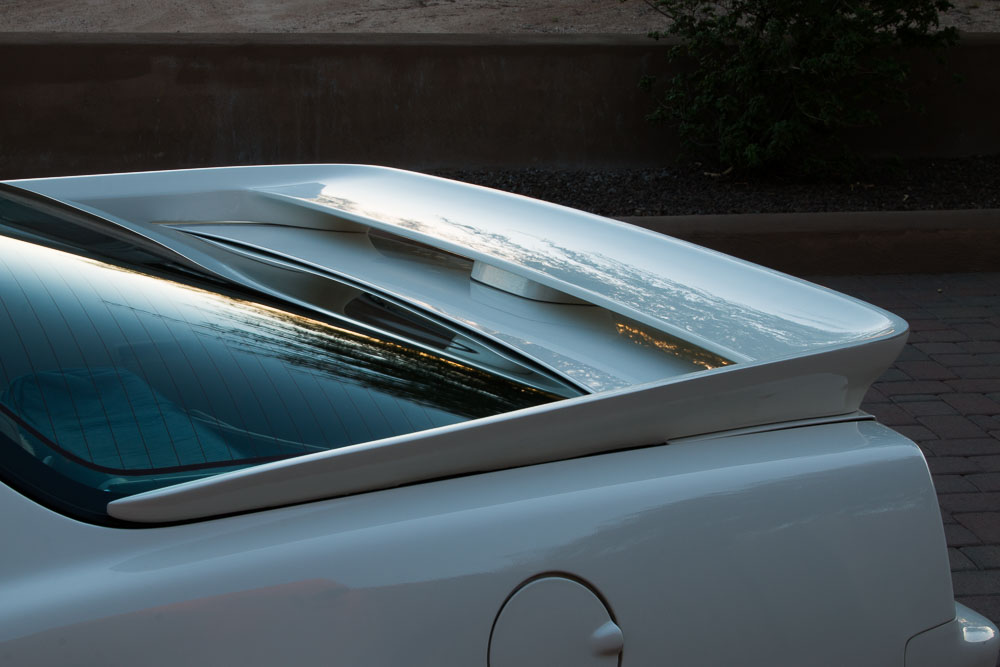
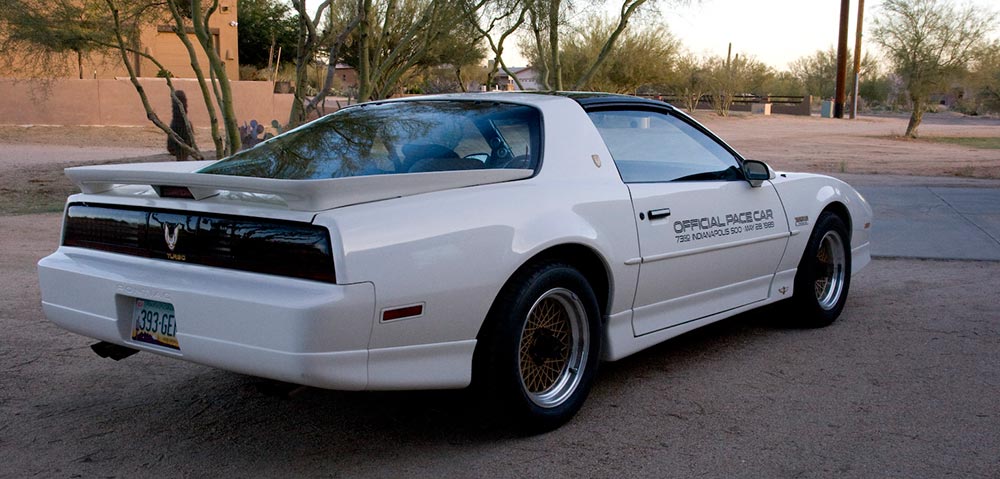
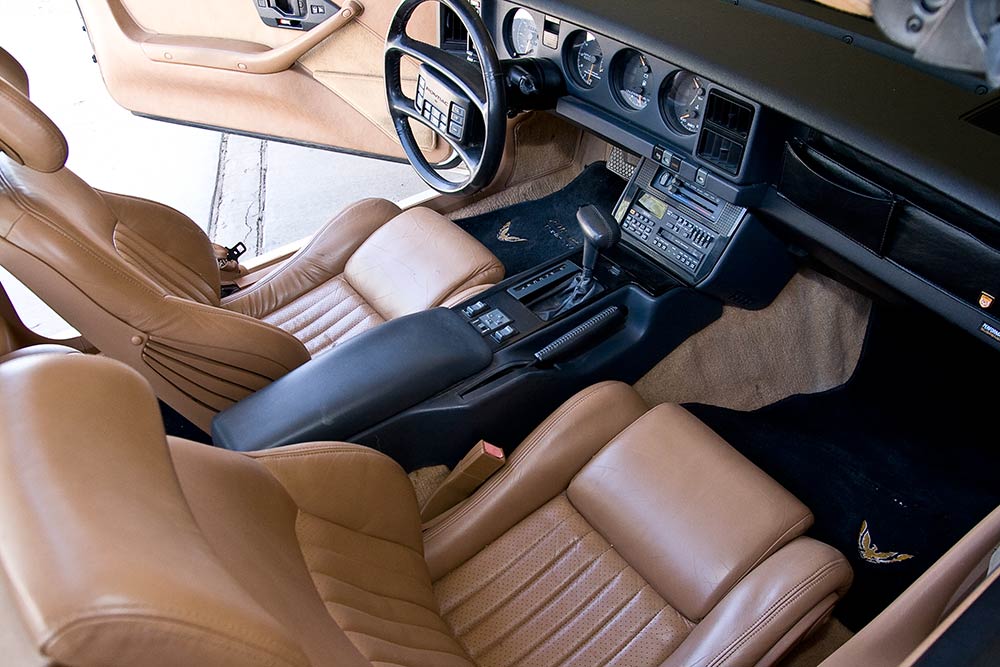
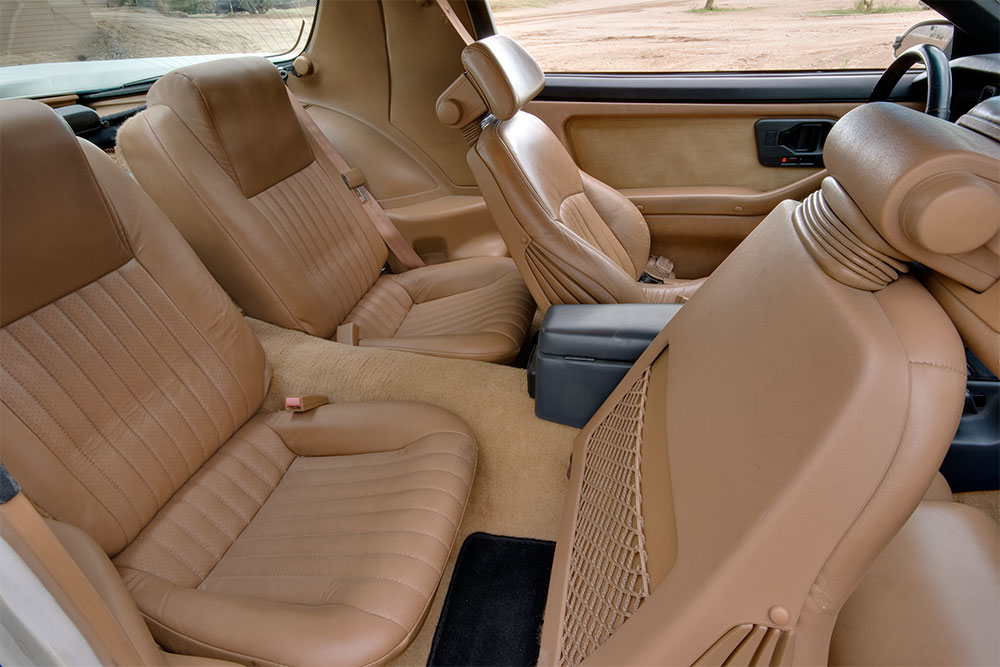
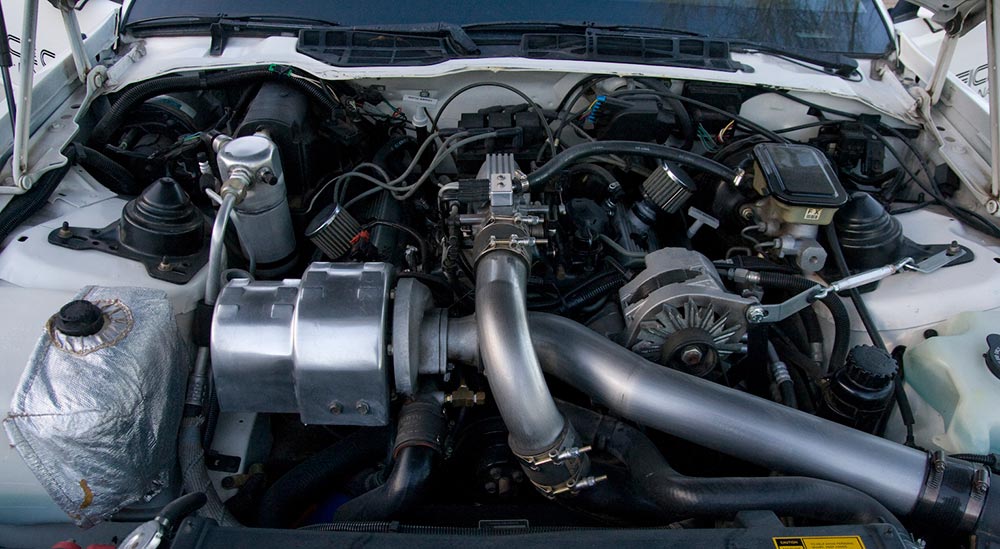
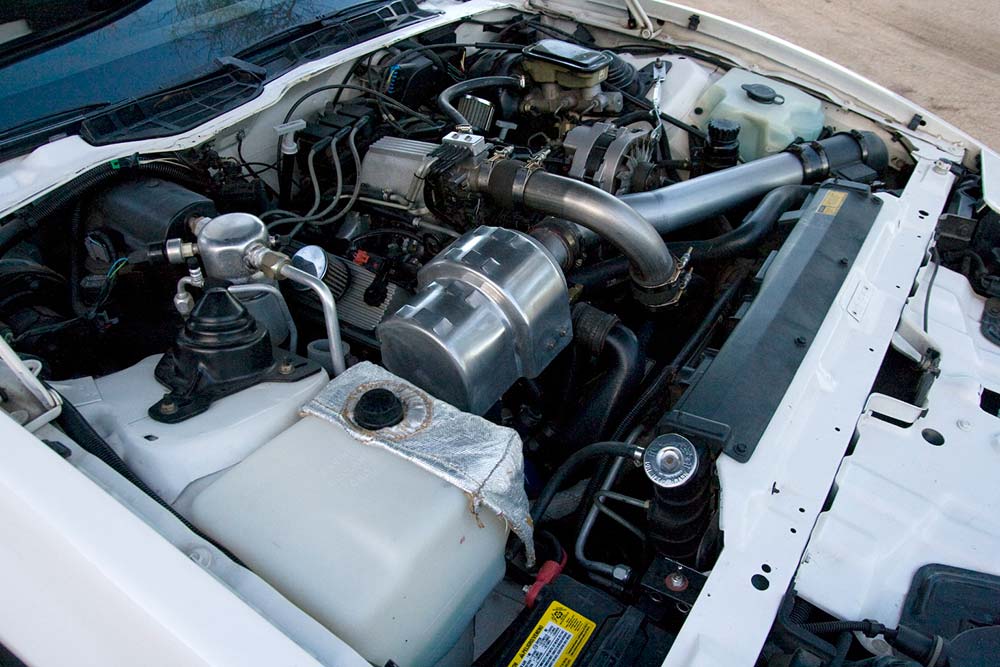
The first generation Firebirds were and still are among the best designed and most complete appearing GM cars of the modern era. When you understand that thiis was always built to be a multi-purpose car…a regular driver, or a full-on performance car or in between or a “secretary’s special” bought on the cheap…I could go on. It was a great car. The ’67-’75’s were just great cars. A lot of the later versions were overdone (and overweight) but there were still high notes, like the year the SD455’s showed up at the Indy 500. But now, Pontiac is on its way to “what?” status, just like DeSoto, Plymouth, Oldsmobile, Studebaker and a lot of other American marques that had great performance cars but didn’t make it…
It was not a Trans Am, but I owned a 1970 Firebird. My wife surprised me at Christmas with a set of Halibrand aluminum wheels which I installed on the car It was sharp!
To my mind, the 1970 model was the best integration of exterior and interior of any car, before or after. John Shettler, head of Pontiac interiors, took templates off Bill Porter’s front Urathane bumper and modeled the same look on the IP.
I worked at Pontiac as Assistant Chief Engineer in 1977 when “Smokey and the Bandit” was a new movie. George Spaulding, Pontiac Sales Manager at the time, bought out the entire movie house in Bloomfield and invited all of us to attend. George later said that customers would come into a dealership and want one of those “black cars with big bird on the hood”. George was very pleased about this!
Ken Pickering
There is much more to the story of Bill Mitchell’s Firebird-based Pegasus. The Pontiac Firebird and Chevy Camaro were very much inspired by Italian Design. Bill Mitchell wanted to take this one step further by creating a special bodied Firebird, known as Pegasus. Enzo Ferrari, a friend of Mitchell, sent Bill a single OHC motor for the car. At a later date Enzo sent a far more powerful motor for the project, a DOHC Daytona Comp motor, which is in the car today. The original Ferrari was never sent back, and remains in Warren, Michigan at GM Design today. By the way, the car runs fantastic.
Ed Welburn
I always wanted a second-generation Firebird, probably inspired by Jim Rockford as The Rockford Files was and still is my all-time favorite TV show. But I was too young to afford one when they were new and then other things got in the way. Still, hope springs eternal. To this day I remember looking at a new ’76 model on the dealer’s lot, Lime Poly paint with the over-the-roof rally stripe, white vinyl interior, Rally wheels. Amazing how some cars make an impression that has lasted for over 40 years.
Have to say hello and thanks to Ed Welburn who I understand was the lead designer of the Olds Intrigue I once owned, IMO the best-looking W-body car GM ever made.
I agree with Ken, the ’70 model was my favorite. I remember well in my daily walk through the executive garage seeing Ron Hill’s dark green Firebird and liking how it looked. His had all the add-ons but no rear spoiler or bird sticker on the hood. I thought it looked great that way, although a little like it melted. Tried to order mine like that but didn’t know how to make it happen. All together, I had three Firebirds, a ’68, a ’70 and a ’78 and really enjoyed them. Timing on trying to sell the ’78, which I took to California, was very unfortunate, as it was Oil Shock II. Even though it had the last of the real Pontiac engines, the 6.6L V8 with a manual transmission and the WS6 Performance Package, it was sale proof. Shoulda sold it in Michigan and brought the Opel wagon rather than sell it to Tom Semple, but only hindsight is 20/20.
Hi im trying to find the trans am 50 years hard cover book do you by chance have one forsale?
Thanks
Michelle abraham